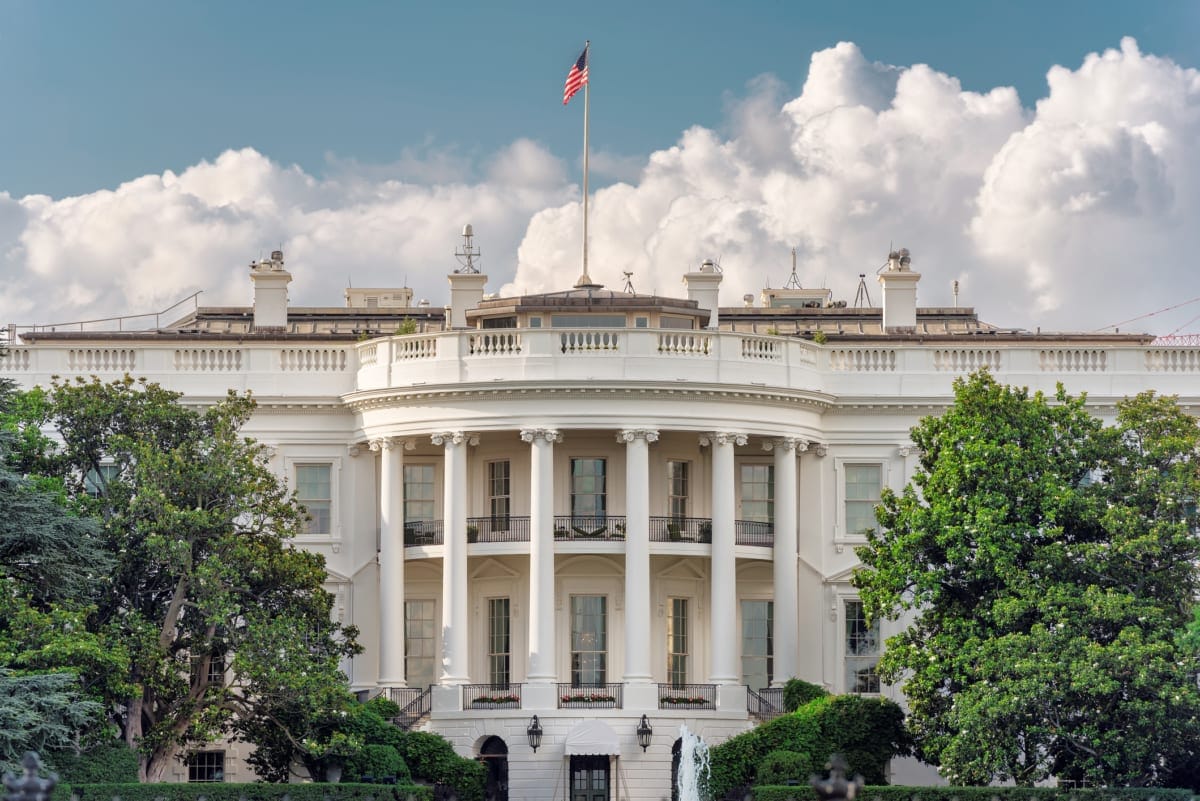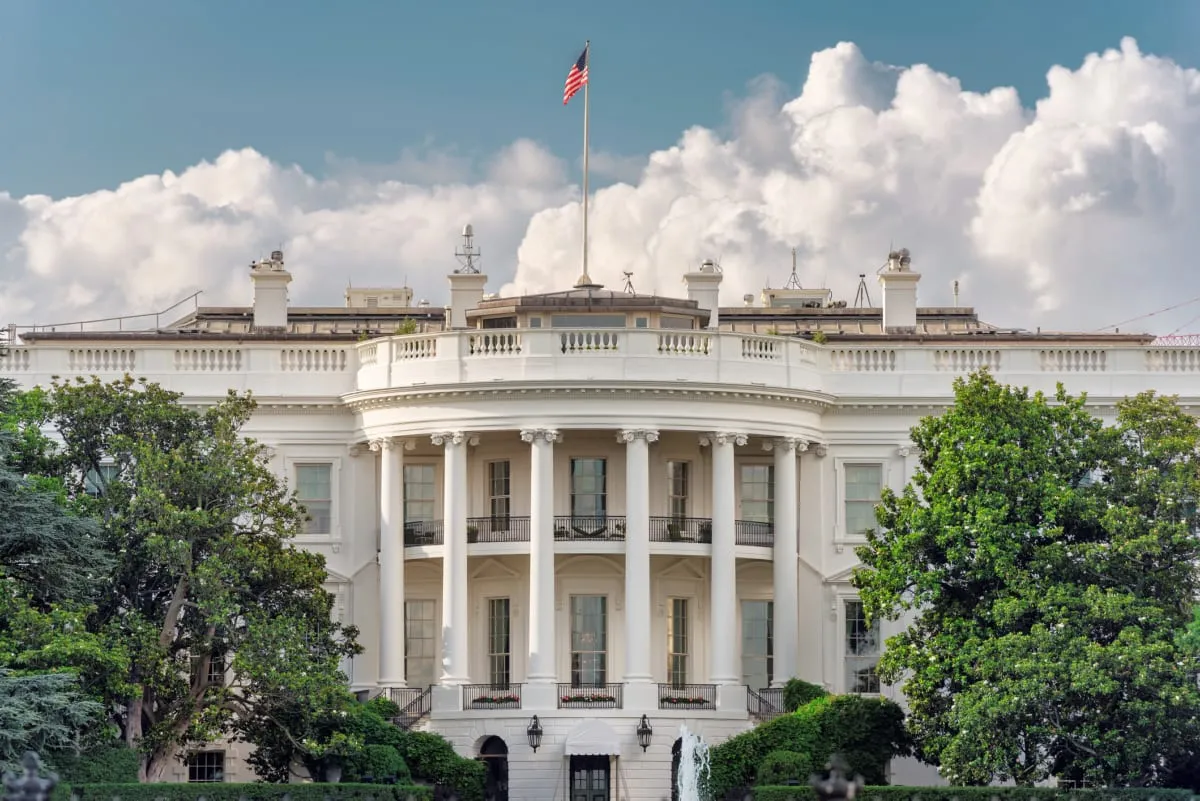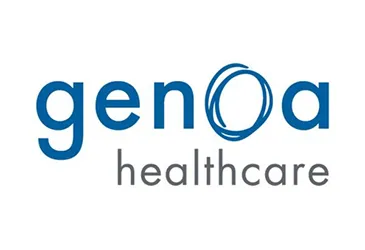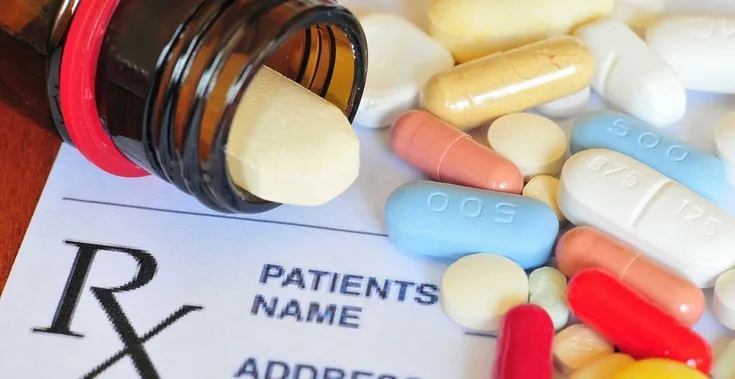President Joe Biden earlier this month unveiled a series of measures designed to help rein in high health care costs, which constitute a heavy financial and psychological burden for many Americans. An extension of previous moves, the executive actions include a crackdown on so-called junk insurance, guidance intended to curb surprise medical bills, and steps to protect patients from being saddled with unfair medical debt.

Tying health care policy to his broader economic strategy, which in recent weeks has come to be known as Bidenomics, the president told a gathering at the White House, “We’re protecting consumers and reducing health care costs without in any way hurting insurance companies, docs, hospitals or anybody else.”
That’s certainly a laudable goal. For those who can afford it, health care in the U.S. is the best in the world, but for far too many people it remains out of reach 13 years after passage of the Affordable Care Act. As a result, this country ranks behind other industrial nations by many quality measures, despite making a massive investment in health care. Recent figures from the Organization for Economic Cooperation and Development show that annual per capita expenditures in the U.S. stand at $12,555, almost 40% more than those in Switzerland, which has the second-highest total.
Incremental measures implemented by the administration promise to bring Americans some relief. A report issued by the Department of Health and Human Services in conjunction with the launch of Biden’s latest initiatives concludes that 18.3 million Medicare beneficiaries will save an average of $400 a year when limits on out-of-pocket prescription drug costs take effect in 2025. The $2,000-a-year cap established by last year’s passage of the Inflation Reduction Act, together with other provisions in the legislation, are expected to reduce out-of-pocket medication costs for seniors and other Medicare recipients by some $7.4 billion annually.
That is a lot of money, but it is only a drop in the bucket when one considers that the U.S. devotes more than $4.3 trillion a year — or 18.3% of GDP — to health care. If the president and other leaders in both the public and private sectors are serious about putting a dent in that figure, or even seeing spending level off, a series of much bolder reforms is needed. One policy they should consider is codifying the trend toward shifting care to the site where it can be delivered in the most efficient and cost-effective manner — without compromising quality. Retail pharmacies can play an important role in that process.
Many procedures that once required hospital stays — tonsillectomies, hernia repairs and cataract surgeries, for instance — are now performed on an outpatient basis, with some taking place in a physician’s office. As a result, the experience of obtaining health care is more convenient for patients and less expensive for payers. By reducing the inpatient burden on hospitals, the change in practice setting frees the professionals at those facilities to focus on individuals with more serious conditions.
The same paradigm can be applied to community pharmacies. With 45,000 locations across the U.S., including at least one within five miles of 90% of the population, pharmacies offer easy access to health care professionals who have the training and capacity required to address many patient needs.
One doesn’t have to look far for a compelling example of the difference pharmacies can make. After the government’s initial attempts to immunize the population against COVID quickly bogged down, pharmacies stepped up. Harnessing the convenience, efficiency and trust that they command, pharmacies emerged as the place most Americans turned to get their COVID shots. To date, more than 300 million doses have been administered through that channel, according to the Centers for Disease Control and Prevention. The pandemic’s human and economic toll would have been far greater without the intervention of pharmacy.
Members of the profession can have a similar, if less dramatic, impact on meeting the everyday needs of patients. Policy makers should take a look at Canada, where, depending on the province, pharmacists are able to initiate prescriptions for routine conditions, adapt scripts written by physicians, deliver immunizations and administer diagnostic tests.
Adopting a comparable regulatory framework in the U.S. would unleash the full potential of pharmacy, while lessening the burden on primary care physicians, who are already in short supply. (The Association of American Medical Colleges foresees a deficit of between 17,800 and 48,000 primary care doctors by 2034.) At the same time, it would do much more than the Biden administration’s recent moves to control the nation’s heath care costs.









